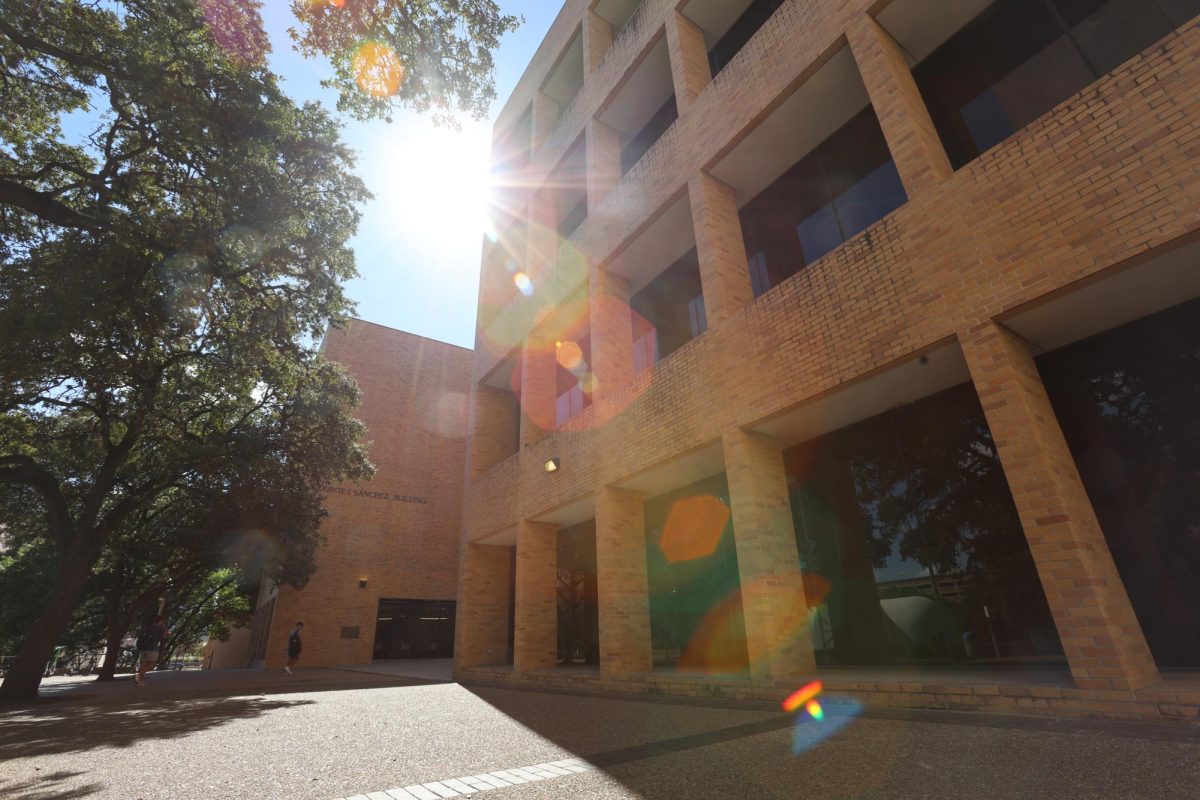Editor’s Note: This is the first in a four-part series examining the sources of UT’s funding.
The University’s $3 billion capital campaign has received more donations in 2011 than the same time last year. From 2009 to 2010, however, higher-education donations remained stagnant nationwide, according to a recent survey.
UT’s current capital campaign, called the Campaign for Texas, began in 2006 and remains less than halfway to its goal of raising $3 billion by 2014. The campaign has brought the University $1.3 billion so far. Although behind schedule in achieving its goal, the campaign brought in just more than 13 percent of UT’s total operating budget of about $2.1 billion last year.
UT Budget Director Mary Knight said although it generally makes up a smaller portion of the budget than other revenue streams, private gifts to the University will become more important to the operating budget as state allocations continue to shrink.
She said the endowments’ private donations fund provides a reliable source of income for the University.
“The recurring income generated from endowments are budgeted sources that can be used for salaries, scholarships, buildings and other expenses, as authorized by the donor,” Knight said. “Philanthropy enhances the academic and research missions by allowing us to attract talented and high-quality faculty and researchers with salary supplements and student scholarships to make us more competitive with our peers.”
The Council for Aid to Education, a New York-based nonprofit research firm, released a survey this month that found charitable giving to higher-education institutions increased half of a percent in 2010. Total nationwide higher-education donations increased slightly over 2009 to $28 billion, the same total the survey found in 2006.
The director of the survey, Ann Kaplan, said the nationwide trend has forced many universities in capital campaigns to push back the deadlines to complete their campaigns. UT raised the 22nd highest amount in 2010 of any university that participated in the survey, and the UT System raised the second most of any system.
The University raised $235 million and the UT System raised $706 million in 2010. The University of California system raised the most of any system in 2010, with $1.3 billion. Stanford and Harvard raised the first and second most, respectively, for single universities, with just under $600 million each. Kaplan said during the recent economic downturn, schools have had to remain in contact with donors who may not give as much as in the past. She said donation trends often cycle and maintaining a balance between private and corporate donations is increasingly important.
“It’s good when institutions have a variety of different donors, so that when one area takes longer to recover, you have more options, and it’s good to have more diversity within groups, as far as small and large donations,” Kaplan said. In 2010, Kaplan said UT had its strongest year so far for corporate donations, with a total of $70.5 million. She said the next highest year came in 2008 with $59.1 million.
UT’s senior associate vice president for development, David Onion, said UT’s campaign raised a total of $1.3 billion since it began in 2006. This fiscal year, the campaign has raised $112,879,380, which is 17.6 percent ahead of last year’s pace. Since the beginning of the campaign, Onion said 94,499 alumni, 84,741 non-alumni and 8,075 other donors, including foundations, associations and corporations, have made gifts to UT.
In January of 2011, UT received $500,000 from the energy company Luminant to fund research on technology to remove and store carbon dioxide from coal emissions. The School of Information also received an $800,000 donation from Thais Bullard’s private estate to establish an endowed chair and research fund.




















